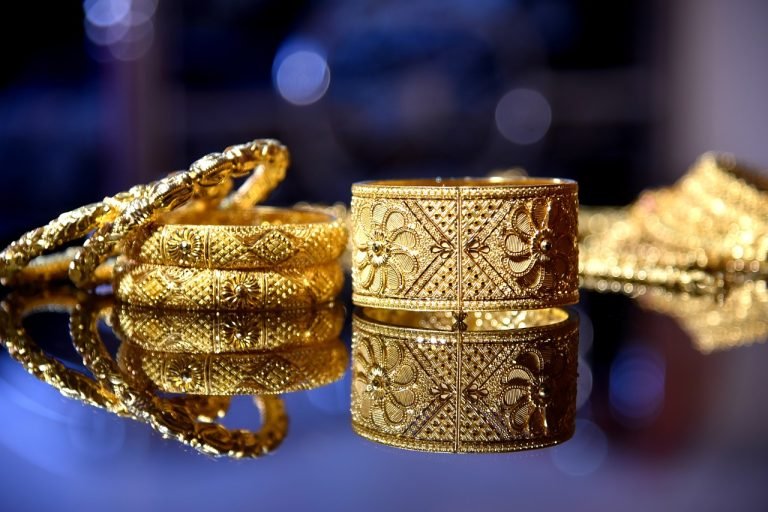 Gujarati Weddings – lots of fun and colour. Gujaratis are a very vibrant community, they enjoy life and colour plays a major role in their lives. Their clothes are bright, their homes are full of vivid paintings and wall hangings, and they love to dance and sing. Like them, their weddings are vibrant and lively, and are held on a grand scale with the entire Gujarati community taking part in it, and a large variety of fabulous Gujarati Food.
Gujarati Weddings – lots of fun and colour. Gujaratis are a very vibrant community, they enjoy life and colour plays a major role in their lives. Their clothes are bright, their homes are full of vivid paintings and wall hangings, and they love to dance and sing. Like them, their weddings are vibrant and lively, and are held on a grand scale with the entire Gujarati community taking part in it, and a large variety of fabulous Gujarati Food.
Gujarati Wedding Ceremonies and Rituals:
Like all Hindu weddings, the pre-wedding festivities begin with a Grihshanthi puja – or a prayer for the welfare of the bride and groom and their family members. Every ceremony is held at an auspicious time, as determined by the family priest and after matching the horoscopes. A day before the Gujarati wedding, a very graceful Garba Raas dance is performed by the women of the two families, and Mehndi is applied on the bride and other women. These dances and folk songs have been handed down for generations and are an important part of every Gujarati Wedding.
On the Gujarati Wedding day, the groom bows before his future mother-in-law when he reaches the wedding venue, to say thanks to her for taking care of his bride. She tweaks his nose before she lets him enter the venue. As in all other Hindu weddings the Kanyadaan is performed by the bride’s parents. Groom’s scarf is tied to Bride’s saree, during the Hasta Milap ritual, as a symbol of the bond of marriage. The traditional seven steps are taken around the fire, known as the Saptapadi (similar to most other Hindu weddings).
The Gujarati bride is greeted at her new home with an Aarti and a Tikka by her mother-in-law in a ritual known as the Ghar Ni Luxmi. She enters the home after gently overturning a pot filled with rice and stepping into a thali with Sindoor and water, thus symbolising her entry into a home full of love and prosperity.



